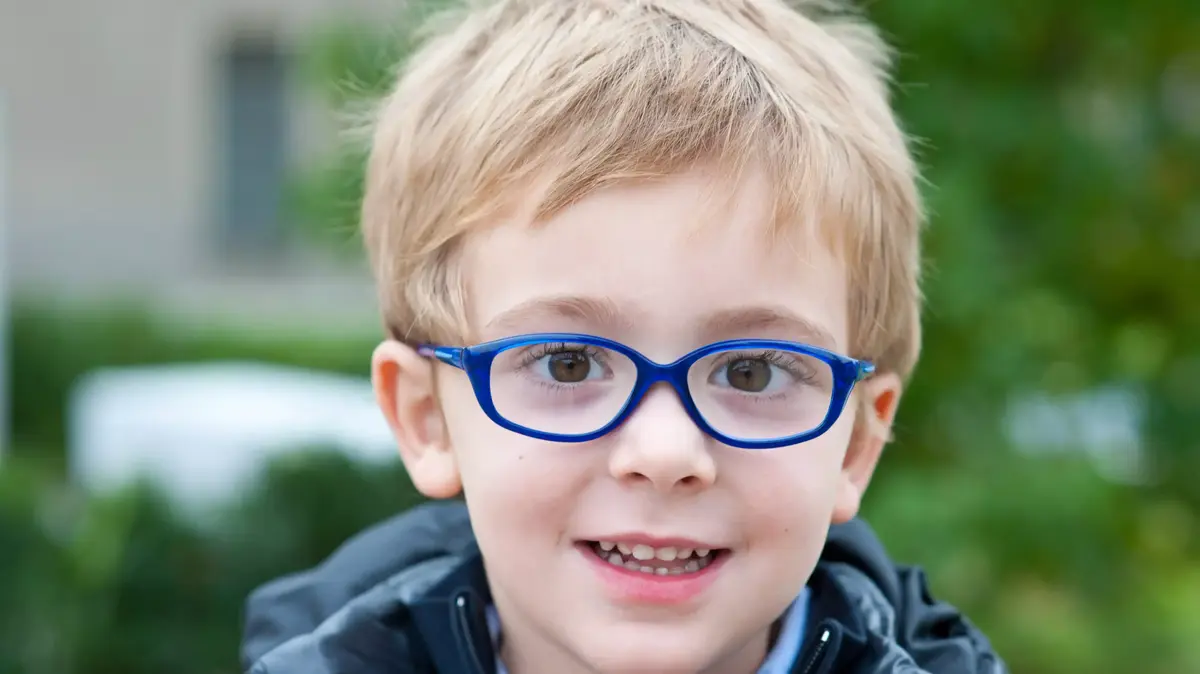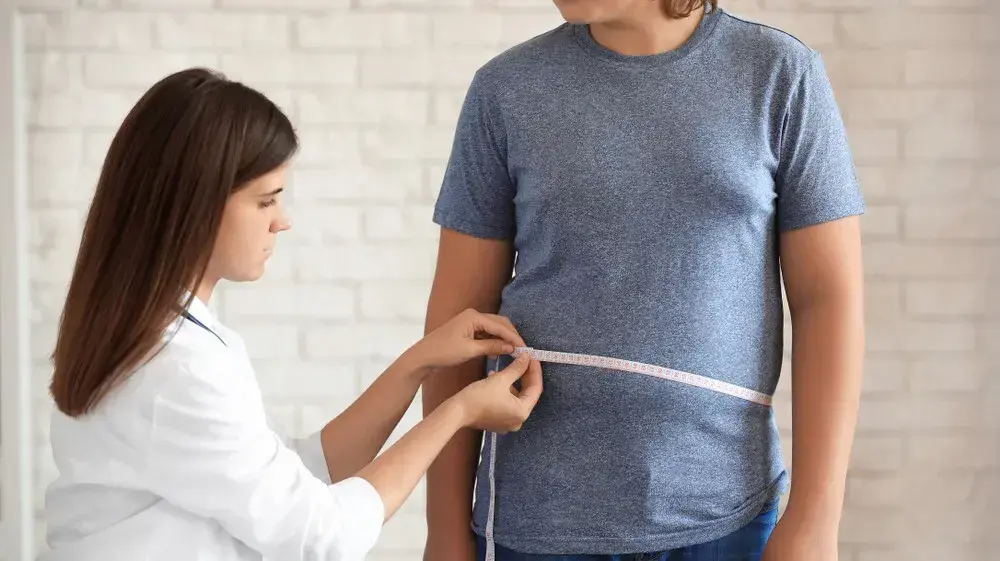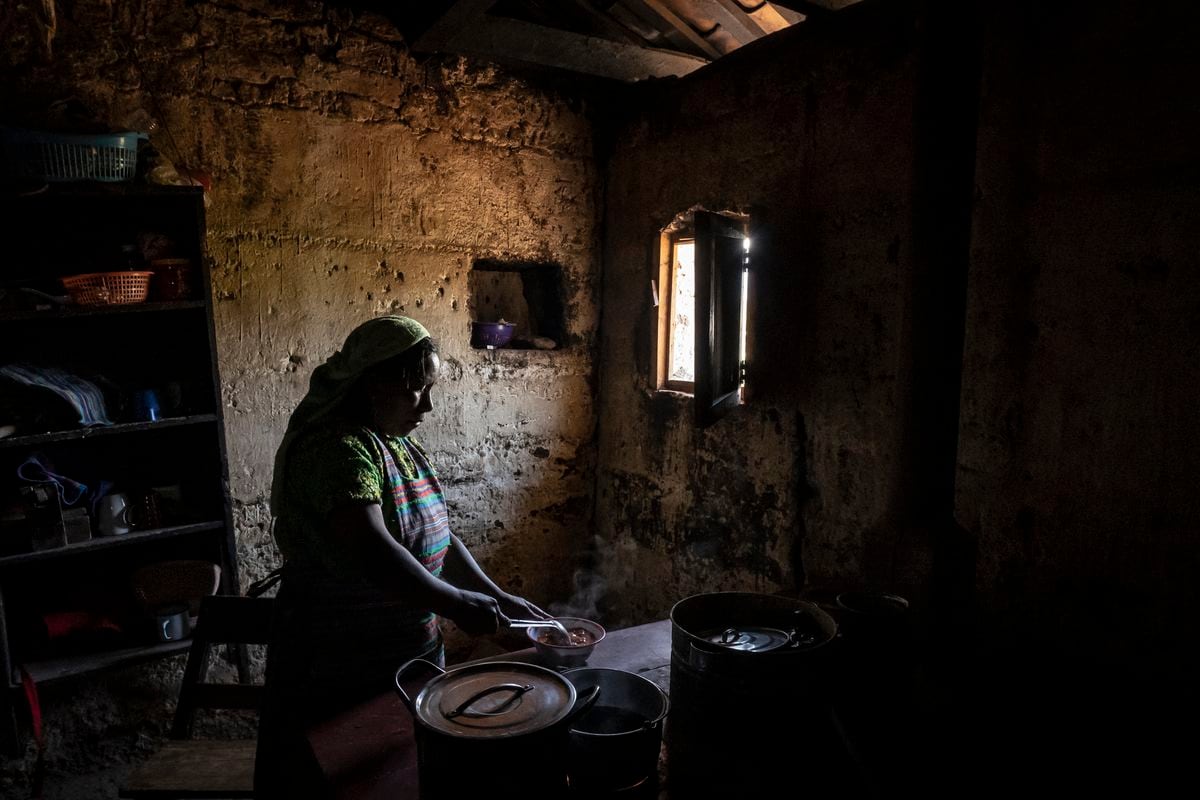A boy with glasses (Photo: ShutterStock)
While in the past we grew up alongside one or two children who wore glasses in every average classroom, today the number of children suffering from myopia is on an alarming rise: data from the United States speak of a 42 percent increase from the 70s to today, and the World Health Organization estimates that by 2050 half of the world's population will suffer from myopia. What causes the ongoing increase in the number of myopia sufferers? Why is young boys' eyesight at higher risk than girls? What is the "rebound" effect? And why are the nerds of the class at higher risk?
While in the past myopia in children was diagnosed mainly due to genetic causes - originating from one or more parents who also suffer from vision problems, in recent years the modern lifestyle has led to a continuous increase in the number of children diagnosed with myopia.
Not only has screen viewing increased in recent years, but in the age of smartphones and tablets they are viewed in unprecedented proximity: less than an arm's length (compared to watching television, usually at a distance of <>.<> meters or more from the eye). But that's not all.
Intensifying epidemic
Children and adolescents today spend significantly more time in confined spaces than their predecessors. Think about it: if in the past we came from school, threw away our bag and went outside to play, our children, coming from school (where they spent most of the day in a closed space), throwing away the bag, and sitting in front of the screen, if they are outstanding students then in front of a book. In any case, they barely go out to play. This behavioral change has serious implications for the visual state of children and young people, since in order to grow and develop properly, the eye needs as much daylight as possible, at least an hour of outdoor time every day.
Following the ongoing increase in the number of children with myopia diagnosed each year, at younger ages and with a higher degree of severity, the World Health Organization has declared myopia (or myopia by its medical name) an epidemic. Due to the growing epidemic, the International Ophthalmology Association (WSPOS) recently issued a call to intervene and try to stop the extent of the deterioration with preventive treatments at an early age. This means that if in the past myopia treatment consisted of prescribing contact lenses or glasses, today experts in the field are talking about preventive treatments: that slow the rate of growth of the number over time.
Unfortunately, children are at increased risk because in the years when the eye develops and grows, the rate of increase in the number increases. Children and adolescents, therefore, are at greater risk than adults of reaching high numbers and developing pathological myopia (above minus 6) at a risk that is expected to stop when physical growth is finished: at ages 13-14 for girls, and at ages 18-20 for boys.
While most parents tend to think that their child's myopia problem is solved by laser surgery when he or she reaches adulthood, in fact, laser surgery, just like wearing contact lenses or glasses, does not prevent the main and most worrisome problem: increasing the number over time. High numbers (over 5-6) put children and young adults at real risk of developing eye diseases such as glaucoma, retinal separations, cataracts and more. Therefore, when we, the ophthalmologists, examine the vision of a 4-year-old child, we must already take treatment that will preserve the quality of vision of that child between the ages of 50-60.
A toddler in an eye test (Photo: ShutterStock)
How is it treated?
Studies show that treatment with diluted atropine drops has been found to be effective in slowing the growth rate of the number over time: the data show that the rate of slowdown is 40-60% on average, with a new treatment approach presenting the possibility of starting treatment even before any myopia is diagnosed, for high-risk children who have two parents suffering from myopia.
On the other hand, treatment with atropine drops is considered to be very burdensome on the life of the child and the family, which needs to give daily treatment with drops to children at young ages for years. In addition, the "rebound" effect of atropine drops leads to a situation in which if the break is not graded and measured, the jump in number at the end of treatment may erase the gains accumulated during the treatment period.
Due to the disadvantages of treatment with atropine drops, many turn to the option of non-invasive treatments: contact lenses and glasses that both correct vision in the present and slow down and even stop the rate of number growth over time.
Dr. Yonina Ron is Chair of the Ophthalmology, Pediatrics and Strabismus Department and will appear at the Myopia Management Innovation Conference on June 13, 2023
- health
- Parenting
- Child Health
Tags
- Eyes
- glasses
- Lenses
- Children





/cloudfront-eu-central-1.images.arcpublishing.com/prisa/BBBPQ6SMUZFU3DURZG66IXKRFI.jpg)



